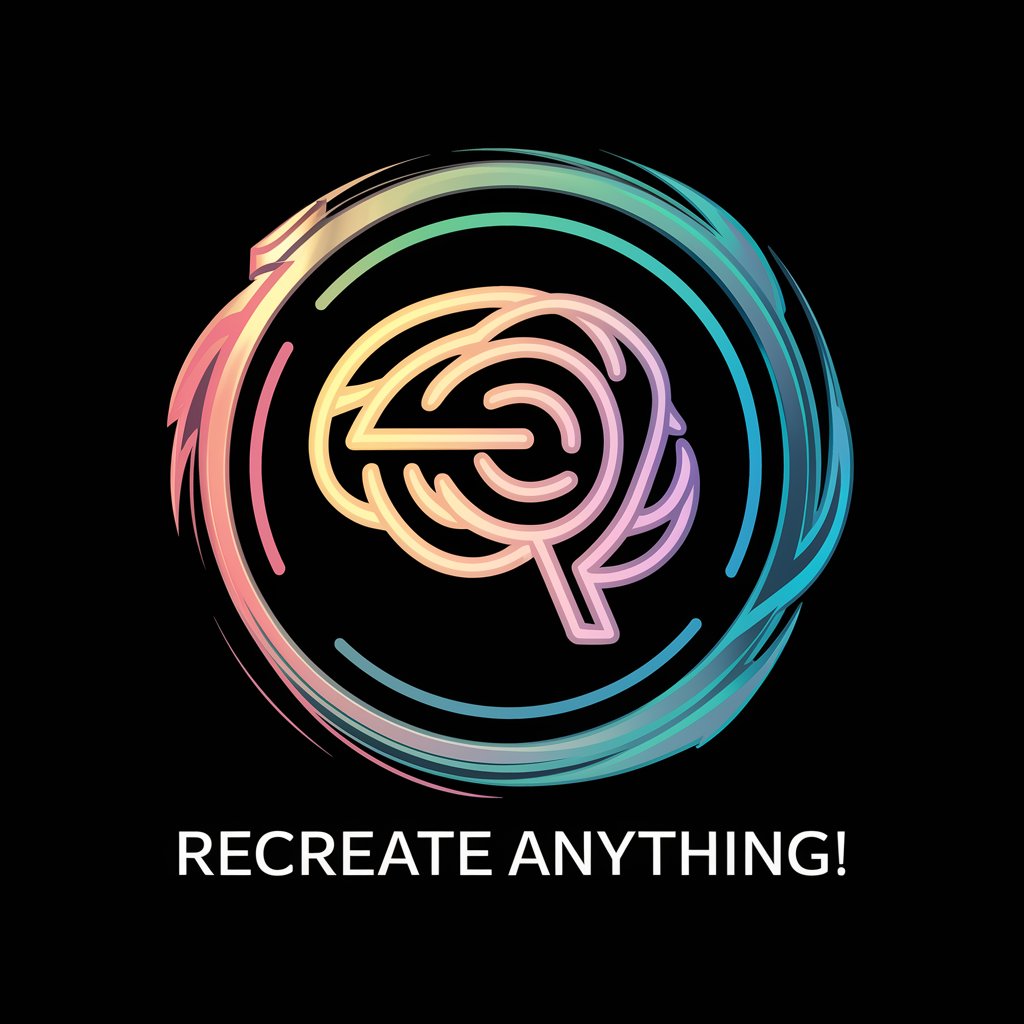Json formatter - JSON Formatting Tool

Hi! Paste your JSON file, and I'll format it for you.
AI-powered, User-friendly JSON Formatting
Paste your JSON file here.
Show me your JSON for formatting.
Need your JSON file cleaned up? Paste it.
Let me format and tidy up your JSON file.
Get Embed Code
Overview of Json formatter
Json formatter is a specialized tool designed to assist users in visualizing and formatting JSON data. Its primary function is to take unformatted or compact JSON strings and convert them into a well-indented and readable format. This helps in debugging, editing, and understanding complex JSON structures by making them visually intuitive. An example scenario includes a developer working with API responses that return JSON data. Instead of sifting through a compact, difficult-to-read string, the developer uses Json formatter to automatically indent and organize the data, making it easier to analyze and manipulate. Powered by ChatGPT-4o。

Core Functions of Json Formatter
Pretty Printing
Example
{ "name": "John", "age": 30 }
Scenario
A software developer receives a compressed JSON response from a server API. The developer uses Json formatter to convert this response into a more readable format, which simplifies identifying data structures and values for further processing.
Error Detection
Example
{ "name": "John", age: "30" }
Scenario
While working on integrating an external API, a developer accidentally introduces a syntax error in the JSON payload. Json formatter identifies the missing quotation marks around the key 'age' and alerts the developer, preventing runtime errors in the application.
XML to JSON Conversion
Example
<user><name>John</name><age>30</age></user>
Scenario
A developer is transitioning from an XML-based data system to a JSON-based system. Using Json formatter, the XML data is converted into JSON format, facilitating a smoother integration and modernization of the data handling process.
Target Users of Json formatter
Software Developers
Developers who frequently work with JSON data in web, software, and application development will find Json formatter invaluable for debugging and developing APIs. It simplifies visualizing, editing, and validating JSON, enhancing productivity and reducing errors.
Data Analysts
Data analysts dealing with large volumes of JSON data can use Json formatter to easily convert and manipulate JSON structures for analysis and reporting, making data more accessible and understandable.
Educators and Students
In educational settings, teachers and students learning about data structures and web development can use Json formatter to better understand and teach how JSON works and is applied in real-world scenarios.

How to Use Json Formatter
Step 1
Visit yeschat.ai for a free trial, no ChatGPT Plus required.
Step 2
Copy your unformatted JSON data and paste it into the Json Formatter input field.
Step 3
Click the 'Format JSON' button to automatically format and indent your JSON data.
Step 4
Review the formatted JSON output for clarity and correctness; adjust manually if necessary.
Step 5
Use the formatted JSON in your projects or save it for documentation purposes.
Try other advanced and practical GPTs
Cozy Knit Pattern Maker
Crafting personalized knitwear, powered by AI

Bark GPT
Understand your dog better than ever!

Bark Buddy
Talk to AI, think dog thoughts!

Jess : Laya's Magical Mermaid
Empowering Personal Transformation with AI

Assistant copywriting Agence
Empower Your Words with AI

Ex Lover Recovery GPT
Revive romance ethically with AI!

Code Mentor
Empowering Code Mastery with AI

Algorithm Ace
AI-powered solutions for complex algorithms

L'Assistant de Texte
Enhance Your Writing with AI

Labrador Guide
AI-powered Labrador Care Assistant

Recreate Anything!
Revolutionizing image recreation with AI

Product Photo Transformer
Transforming product photos with AI precision.

FAQs about Json Formatter
What is a Json Formatter?
A Json Formatter is a tool that takes unformatted or compressed JSON data and transforms it into a well-structured format that is easy to read and understand.
Can Json Formatter handle large files?
Yes, Json Formatter can process large JSON files, although performance may vary based on your system's capabilities and the size of the file.
Is there any limit to the number of times I can use Json Formatter?
No, you can use Json Formatter as many times as you need. It's designed to be a free, accessible tool for developers and professionals.
How does Json Formatter ensure the security of my data?
Json Formatter processes your data client-side, meaning that your data never leaves your device. No information is sent to the server, ensuring data privacy.
Can Json Formatter convert JSON to other formats?
Json Formatter primarily focuses on beautifying JSON data. While it doesn't convert JSON to other formats, it makes JSON easier to analyze and integrate with other tools.
